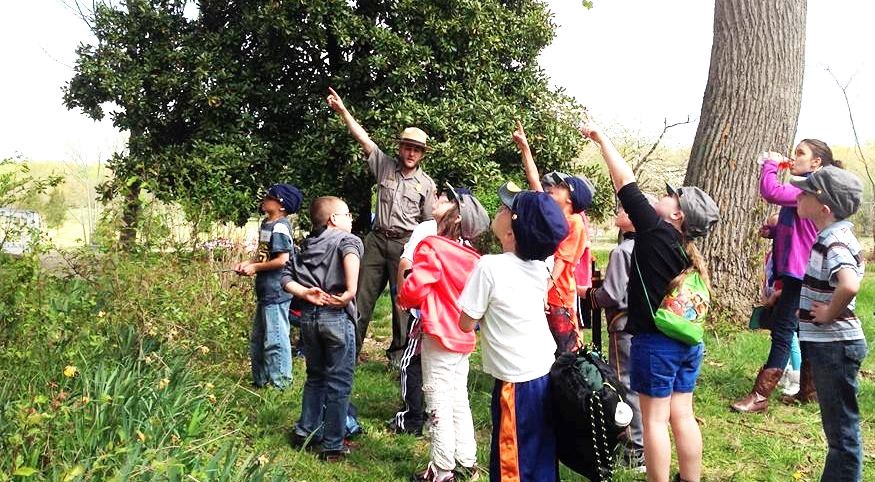Topic 1. Teaching science
1.
What types of out-school science learning
opportunities could support your science curriculum?

2. Name five science learning resources to support teaching.













Other significants topics













Taking them to a
learning environment, it could be a field trip or it doesn’t have to be
far away, they could learn
even on the land of the school and they
would have direct experiences

2. Name five science learning resources to support teaching.
·
Workbooks
·
Websites
·
Posters
·
Educational
games
·
Magazines
& periodicals
Science is the concerted human effort to understand, or to understand better, the history of the natural world and how the natural world works, with observable physical evidence as the basis of that understanding.

4. What is school science?
Is the field concerned with sharing science content and process with individuals not traditionally considered part of the scientific community. The learners may be children, college students, or adults within the general public;

5. What are their characteristics?
The field of science education includes work in science content, science process (the scientific method), some sociela science, and some teaching pedagogy
6. What vision of science is present in the 2011 study program of preschool education?
8. Which are the pseudosciences?
The 2011 study program has the vision of a population that uses knowledge associated with science, which provides them with basic scientific training at the end of the four school periods. They come in four categories:
1.- Scientific knowledge.
2.- Applications of scientific knowledge and technology.
3.- Skills associated with science.
4.- Attitudes associated with science.
7.- What pseudoscience means?
Means any of various methods, theories, or systems, as astrology, psychokinesis, or clairvoyance, considered as having no scientifc basis.
8. Which are the pseudosciences?
This is a list of fields of endeavors and concepts that have been regarded as pseudoscientific by organizations that are representative of the international scientific community and/or mainstream skeptical organizations.
Main Topics
- · Feng shui is the practice of aligning gravesites, buildings, and furniture a certain way with the aim to positively affect one's health and fortune.
- · Meditation is the practice of quieting and calming the mind, often as a religious practice, to produce transcendental experiences.

- · Reincarnation is the belief that souls inhabit a succession of physical bodies over the course of their existence.
- Astrology refers to any of several systems of understanding, interpreting and organizing knowledge about reality and human existence, based on the relative positions and movement of various real and construed celestial bodies.

- Full moon lunacy is the belief that the full moon is correlated with the manifestation of lunacy.

- Paranormal subjects. Channeling, dowsing, electronic voice phenomenon, extra-sensory perception, levitation, materialization, numerology, psychokinesis. Spiritualism.

Medical
- Aromatherapy is the attempt to use oils for therapeutic purposes

- Applied Kinesiology is pushing on muscles to find out what's wrong with someone.

- Color therapy involves looking at colored lights to cure whatever.

- Folk remedies are unproven medical practices deriving from pre-scientific sources or word of mouth.
- Herbalism is healing by the ingestion of various plant preparations - teas, tinctures, poultices and the like

- Magnetic therapy is the practice of using magnetic fields to positively influence one's health.

- Therapeutic touch is a form of vitalism where one passes one's hands over and around the body of a sick person so as to treat his/her illness.

- 2012 apocalypse. We're all gonna die, and its gonna to happen in 2012, because the Mayans said so, and they would know.

- Attachment therapy is a psychotherapeutic treatment for aggressive, disobedient, and/or unaffectionate children

- · Dietary supplements are products marketed as health-promoting, but which have little or no evidence to support the claim.
Partial pseudoscience
- Hypnosis is an extremely relaxed state in which a person is unusually responsive to suggestions made by the hypnotist.

- Psychoanalysis is a genuine area of study, but the field has historically been and continues to be dominated by ideas lacking empirical support
9. What kind of science does a preschool teacher use?
The content of science for young children is a sophisticated interplay among concepts, scientific reasoning, the nature of science, and doing science. It is not primarily a science of information. While facts are important, children need to begin to build an understanding of basic concepts and how they connect and apply to the world in which they live. And the thinking processes and skills of science are also important.

10. Teaching methodologies:
- project-based learning. Is a teaching method in which students gain knowledge and skills by working for an extended period of time to investigate and respond to an authentic, engaging and complex question, problem, or challenge
- projects (3 types)
o Individual and social projects: In individual project every student problem in their own according interest, capacity, attitude and needs.

o Group projects the problem is solved by the group of pupil in the class.
o Simple and complex project: In the simple projects the students are completing only one work at a time. It gives the deep information about the project in a one angle. The students get deeper and broader knowledge about the problem.
- Experimentation. An experiment is a study of cause and effect. It differs from non-experimental methods in that it involves the deliberate manipulation of one variable, while trying to keep all other variables constant.
- Field trips. A field trip is a visit to a place outside the regular classroom which is designed to achieve certain objectives, which cannot be achieved as well by using other means. Field trips give opportunity for a students a to get out of the classroom and experience something new.

- talks with experts. The method of speaking with experts about a topic is basically to clarify doubts, giving a broad and new perspective from a scientific point of view that will help students learn even more than the teacher can offer them.

- Others.
o Kinesthetic Learning: Kinesthetic learning is based on the idea of multiple intelligences, requiring students to do, make, or create. In a kinesthetic learning environment, students perform physical activities rather than listen to lectures or watch demonstrations. Hands-on experiences, drawing, role-play, building, and the use of drama and sports are all examples of kinesthetic classroom activities.
o Personalized Learning: Personalized learning is such a new educational model that its definition is still evolving. At the heart of the model, teachers have students follow personalized learning plans that are specific to their interests and skills. Student self-direction and choice in the curriculum are hallmarks of personalized learning.
11. Define scientific method.
Scientific method is an approach to seeking knowledge that involves forming and testing a hypothesis. This methodology is used to answer questions in a wide variety of disciplines outside of science, including business. Scientific method provides a logical, systematic way to answer questions and removes subjectivity by requiring each answer to be authenticated with objective evidence that can be reproduced.

12. What are the scientific method steps? Explain each one.
- Ask a Question: The scientific method starts when you ask a question about something that you observe: How, What, When, Who, Which, Why, or Where? And, in order for the scientific method to answer the question it must be about something that you can measure, preferably with a number.

- Do Background Research: Rather than starting from scratch in putting together a plan for answering your question, you want to be a savvy scientist using library and Internet research to help you find the best way to do things and insure that you don't repeat mistakes from the past.
- Construct a Hypothesis: A hypothesis is an educated guess about how things work: "If __ [I do this] __, then __[this]__ will happen." You must state your hypothesis in a way that you can easily measure, and of course, your hypothesis should be constructed in a way to help you answer your original question.

- Test Your Hypothesis by Doing an Experiment: Your experiment tests whether your hypothesis is true or false. It is important for your experiment to be a fair test. You conduct a fair test by making sure that you change only one factor at a time while keeping all other conditions the same.

- Analyze Your Data and Draw a Conclusion: Once your experiment is complete, you collect your measurements and analyze them to see if your hypothesis is true or false.

- Communicate Your Results: To complete your science fair project you will communicate your results to others in a final report and/or a display board.

Members Team:
Ana Rocio Rosales Castillo
Debanni Jaqueline Cabrera Martinez
Daniela Alejandra Charles Araujo
LPP 2A
Bibliografhy:






Comentarios
Publicar un comentario